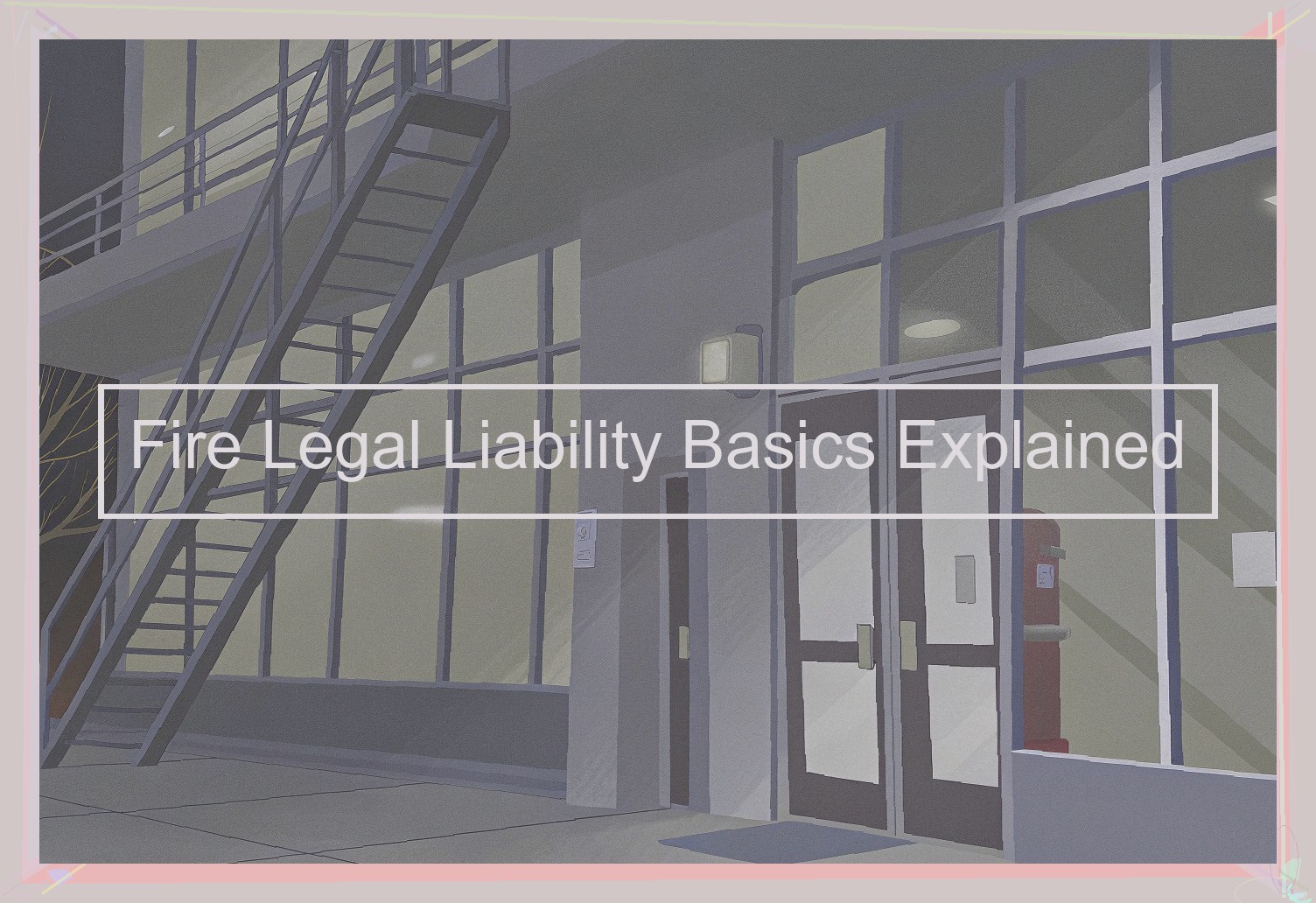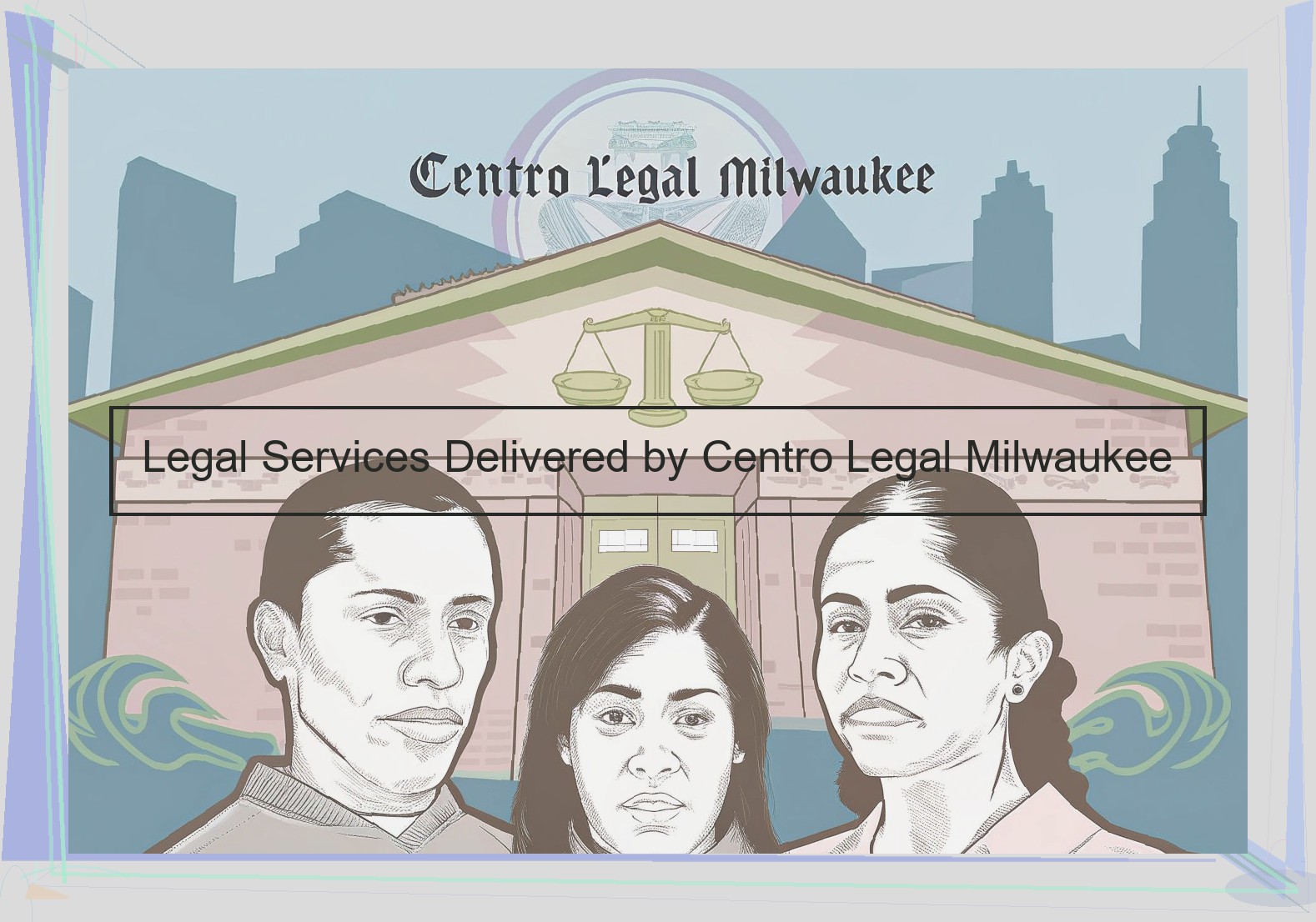What Does Fire Legal Liability Entail?
Fire legal liability refers to the responsibility that a tenant has in the event that they cause damage to a space that they are renting through fire. The tenants are expected to take responsibility for the areas of the building that they are using, but there can be some exceptions to this. Essentially, the insurance company has agreed to pay for the expenses associated with this fire legal liability as opposed to the affected party. Fire legal liability is a combined fire and liability insurance policy.
If you are a tenant, your lease is probably written in such a way that you are responsible for making payments on any damages that occur in the space that you are renting. In these cases, having fire legal liability can be a very smart decision. Even if you can clear yourself of criminal/professional responsibility for a fire, you may still be expected to make payments on damages for months or years until suits are resolved. This can be a large financial burden if you can’t quickly alter your budget to account for fires in places that you rent .
In more general terms, fire legal liability is the responsibility that one party has to cover another party for a loss. These losses generally have to be a result of fire, but they can also be a byproduct of explosion, smoke damage, and water that is used to extinguish fires. There are different options for this kind of insurance for tenants that cover different levels of potential liability, but one part of the law that itself is also important to know is that negligent actions are not covered, including intentional acts and criminal acts. It is also not uncommon for leases to waive liability for a leased space or not allow for allocation of damages to tenants, which would leave the affected tenant responsible for all damages that occur in the space.
Practically speaking, the point of fire legal liability is to make sure that businesses are held accountable for damage to property, which includes buildings, land, and equipment. In general, if you are in control of a building, you may be considered responsible for damages that happen on the premises through no-fault circumstances, including things like earthquakes.
Duties of the Owners
The legal duties of landlords in relation to the safety of their properties can be found in a number of significant cases such as Lambert v Newcastle United FC (2001) and Artist and Ladies’ Diocesan Association v Beesly (2004).
By reference to Lambert, property owners or occupiers must ensure that their buildings are reasonably safe against fire and allow for appropriate means of escape. When carrying out renovations and improvements to a property, care must be taken not to reduce the measures already in place. In the Newcastle United case, it was held that the stadium owners breached the duty of care owed to their visitors when they constructed a new stand which reduced the number of exits. The renovated stand increased the potential occupancy of Newcastle United’s visitors and consequently led to a higher risk in terms of available exits.
In Beesly, the court confirmed that the duty of care does not extend to visitors of the property which they may themselves introduce to the premises, for example when introducing a range of contractors onto the premises who then carry out repair work that has an effect on the safety of the building. Instead, the scope of duty of care owed to visitors is to ensure their protection from any creation of unreasonably dangerous conditions resulting from acts carried out by the property owner and his employees.
In Lamb v Camden LBC (2014), an occupier was under a duty to ensure that all reasonable steps were taken to avoid a fire occurring in the first place, and that they remain protected from any damage occurring as a result. This was reinforced by section 20 of the Regulatory Reform (Fire Safety) Order 2005 which places a duty on the responsible person to "to take such general fire precautions as may reasonably be required in the circumstances of the case to ensure… so far as is reasonably practicable, that the premises are… safe." The RRO specifically requires that free passage to exit points is maintained at all times.
When considering fire safety measures, the property owner does not necessarily have to be proactive in creating the conditions that prevent a fire, but they have to be reasonable in taking measures to reduce the fire and safeguard customers once a fire has occurred. This also includes making sure the premises are ‘user friendly’ so that fire officers can easily gain access to the building.
Although the above cases refer to the standard of care owed to the public, there is considerable crossover in these standards and principles with those owed to fire officers where a fire breaks out. If best practice is actually implemented in terms of fire safety measures, the risk brought to the property owner by safety features actually being implemented is low.
Landlords were recently challenged in the case of Winter and Others v Cardiff City Council (2009) which involved a refusal to admit firefighters into the basement boiler room of a property which was on fire. Eight firefighters lost their lives after another firefighter attempted to rescue a colleague from the basement. It was held that the occupier of the policy breached the common duty of taking reasonable care in relation to the benefit of others by failing to provide safe systems of work. The storage of LPG cylinders in the basement was also found to be a breach of the duty. The Court of Appeal ruled that the fire officers were lawfully entitled as trespassers to enter the property to attempt to save other individuals trapped on the premises, therefore the family of the deceased firefighters was entitled to seek damages.
Although the facts of the Winter case were unfortunate and very specific to the particular field of fire-fighting, they do drive home the need of cooperation between occupiers and fire authorities. The findings in this case more than highlight that this cooperation must extend to the implementation of all reasonable fire safety precautions where reasonable and possible.
What is Fire Legal Liability Insurance?
Fire legal liability is a key component which manages the risk and protects the properties and assets of those who own or lease property to others. The coverage assures the insured that it has the right to the defense and payment of damages when third parties are injured on the property or when the insured’s property is not restored by the landlord or lessor (guarantor). It protects the insured from direct liability for its own negligence and the limited liability that property owners otherwise have by virtue of landlord/tenant statutes.
Regional commercial property owners and managers, national chains and franchises all purchase fire legal liability insurance to manage the significant risk and protect their properties and assets.
Even fire damage to construction commencing on land owned by the tenant is deemed property damage to the leased premises under most commercial leases including those using the standard commercial lease forms used in shopping centers. Fire legal liability coverage affords the tenant the right, at its expense, to cause the return of the estimated cost of reconstruction calculated by the fire marshal or similar official.
Other standard features of fire legal liability coverage provide the property owner and manager, or other person legally liable for the repair or replacement of the damaged structure, with access to its insurer and an estimate from the insurer’s adjuster of the cost to repair the damage. It also allows the insurer to repair the damaged property on behalf of the insured and claimants.
Common Reasons for Fire Legal Liability
Fire legal liability disputes often arise in premises leases when the provisions dealing with fire legal liability do not reflect the actual legal relationship among the parties. Such disputes also occur where the parties have adjusted their legal relationship among themselves but the lease has not been updated to reflect the change. Disputes regarding fire legal liability are especially common in cases of subtenants or subleases where the master lease contains fire legal liability provisions that were not deleted or adapted by the sublease. A sublease with an express assumption of the master lease fire legal liability clauses is not subject to a merger with the master lease despite the termination of the master lease. Without an express assumption or incorporation of the master lease fire legal liability provisions, the responsibility for losses suffered on the master lease premises reverts to the leasehold estate of the subtenant from whence one receives possession of the premises. A sublandlord should take care to ensure the fire legal liability clauses of the master lease are set out in the sublease or the subtenant properly assumes and becomes bound by them. Otherwise, a fire in the premises may result in protracted disputes and negotiations between the tenant and landlord with respect to loss allocation.
Commercial and residential tenants are also frequently subject to disputes of this nature with their insurers. Examples include cases when uninsured fire loss occurs. At common law, recoveries are limited to the amount of insurable interest destroyed in a fire. As such, landlords were not entitled to any compensation for lost rental income because it was not recoverable. Similarly, the tenant’s insurer is not entitled to recover any funds paid in respect of rental income loss from the landlord’s insurer. In cases where a tenant’s unsigned lease includes the following clause: "Lessee shall indemnify and hold Lessor harmless for any loss of rentals as a result of uninhabitable conditions caused by Lessee’s negligence," there is a question of whether this clause avoids having the tenant’s insurer contribute to the loss if the lease is deemed a binding contract between the parties. A strong negotiating position may exist for the landlord because the lease is unexecuted and is uncertain in a number of other important respects.
Post-Fire Actions to Consider
Following a fire, either at your property or at a tenant’s property, it is important that you immediately contact a knowledgeable attorney in the area of Fire Legal Liability Defense. One of the reasons for this is that you must give notice to the responsible party under the policy of fire insurance (if you have one). Many insureds fail to immediately give notice of a fire loss, and this may sometimes prejudice coverage under the policy. This is particularly true with respect to Commercial Coverage. In some instances, notice within 30 days of the fire is required.
The next step is to secure the building(s) if fire has damaged them in any fashion. Sometimes, depending on the severity of the damage, a fire watch is required for several weeks after a fire. Under certain circumstances, the City or local Fire Marshall will mandate that an individual or attendant monitor the building to ensure that the fire has been completely extinguished. Oftentimes, when notified, the municipality will require the Offering Fire Department be present or have an individual stay or live in the building with respect to residential property. For commercial property, sometimes , the requirement is simply to monitor the building and notify the authorities if the fire rekindles.
During this interim time, immediate steps should be taken to preserve all evidence (for example, compiling all documents and keeping them secured and stored). Many insureds do not understand that once this time period is over, they lose the right to any documentation. Documentation can include anything from building plans to tenant files. The municipality has a vested interest in how the matter is investigated. Many times, what the municipality does is to hire a forensic firm to conduct an investigation on its behalf. In some instances, the municipality will retain a law firm to represent them as well.
In many instances, the second step is where everything falls apart. When there is mutual interest between a district, like a Township, and an insurance company, whether that insurance company is a reinsurer or excess insurance carrier, the involved parties often get into a finger-pointing contest. What happens is that both entities get into a battle and forget about the insureds themselves. To some degree, it does not matter if there is a good faith disagreement, as the insurer, on some level, still has to fulfill its obligations under the policy.
Choosing Fire Legal Liability Insurance
When it comes to purchasing fire legal liability coverage, there are various factors that an individual or business owner should consider. One of the first things to think about is the amount of risk involved. For instance, if the applicant is applying for fire legal liability coverage for a building that is located in a high-crime area or in the middle of a heavy wildfire area, the chances are greater that such liability will occur. Similarly, a business owner renting out office space in a high-rise will want to secure additional coverage, as the exposure to liability may be heightened as well.
Note that most businesses with such circumstances in mind might want to contact their selected insurance provider prior to purchasing fire legal liability coverage. Also consider that because of the unique nature of such coverage, individuals and business owners should ask their insurance company whether the contract for fire legal liability coverage contains a liability exclusion as part of the general liability policy.
Laws & Regulations
"In addition to fire liability covered under all risk property policies which would include leased equipment as well as property, you will also see general liability language in the context of fire legal liability."
Federal Law
At the federal level, the regulations are primarily handled at the state level. The Office of the State Fire Marshal allows states to establish their own Fire Safety Codes that are then approved by the federal government. In addition, various types of fire safety equipment are regulated through codes that vary by equipment type and which, in some instances, may require local or state government review.
Fire protection laws have two basic objectives:
State Law
Under state law, possession of fire liability is based on some form of reversionary right, which means that a property or structure on lease to another will revert back to the owner at the end of the lease. Because such all risk property policies cover and extend to leased property and equipment, fire legal liability would then be also covered as a matter of ownership. Also for obvious reasons, when a company rents flooring equipment or scaffolding , the company will be asked to provide evidence of insurance. Typically, this type of liability coverage will be known as ‘forcible entry’. This type of cover applies to occupier’s liability. It also covers the costs of destroying, abating and removing dangerous substances.
Other laws and regulations include rules established by The National Fire Protection Association (NFPA). The NFPA is a US based non-profit organization founded in 1896. This is an international organization devoted to eliminating death, injury, property and economic loss due to fire, electrical and related hazards. The organization provides and sets standards and codes relevant to fire safety. Code compliance is typically enforced by local government officials who must sign off on code compliance for any type of new construction or significant renovation.
Another important authority is the International Fire Code, published by the International Code Council (ICC). The ICC is a non-profit organization formed in 1994 and dedicated to establishing safe, sustainable, affordable and resilient building designs and construction, including fire prevention.



